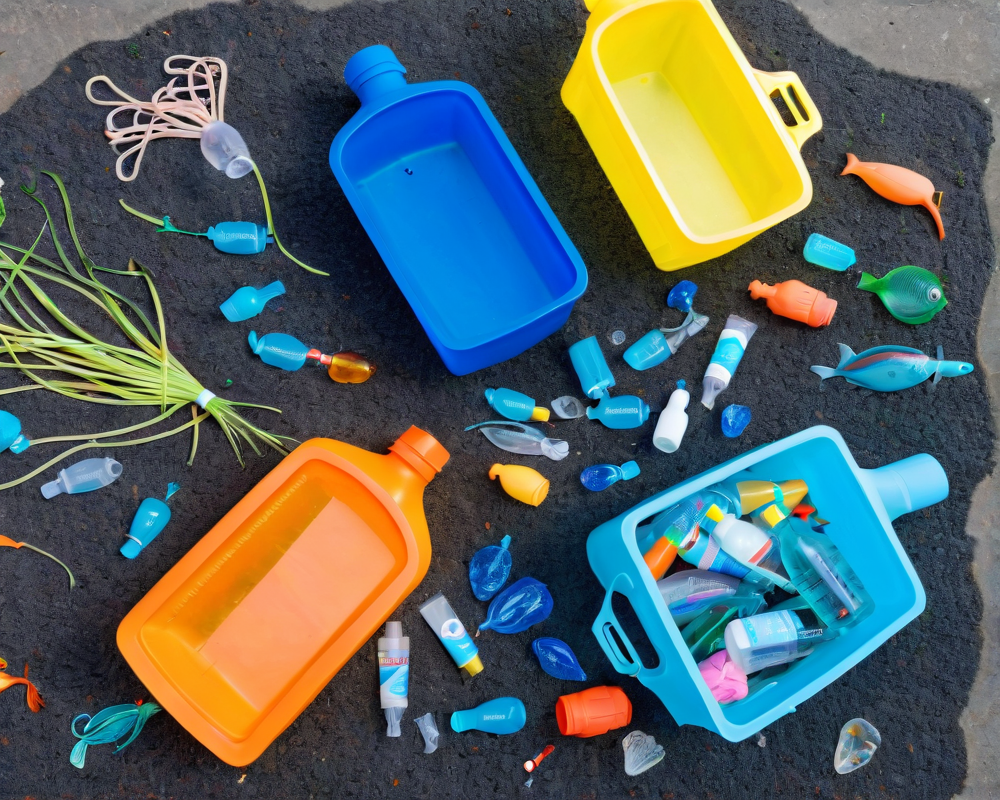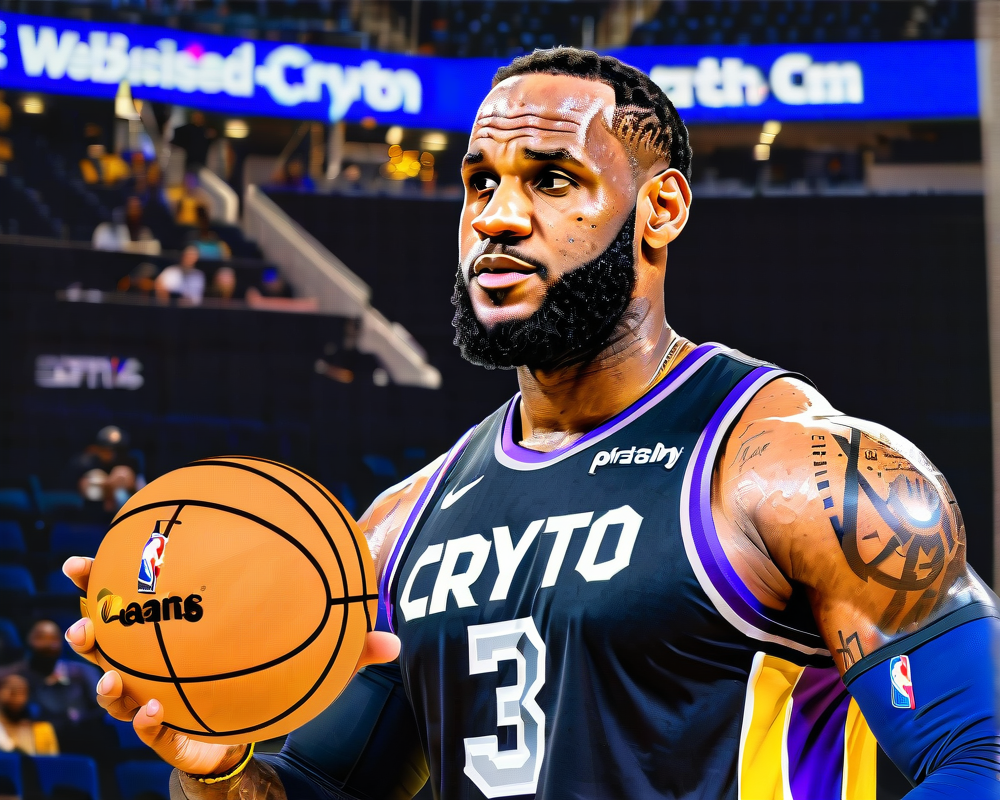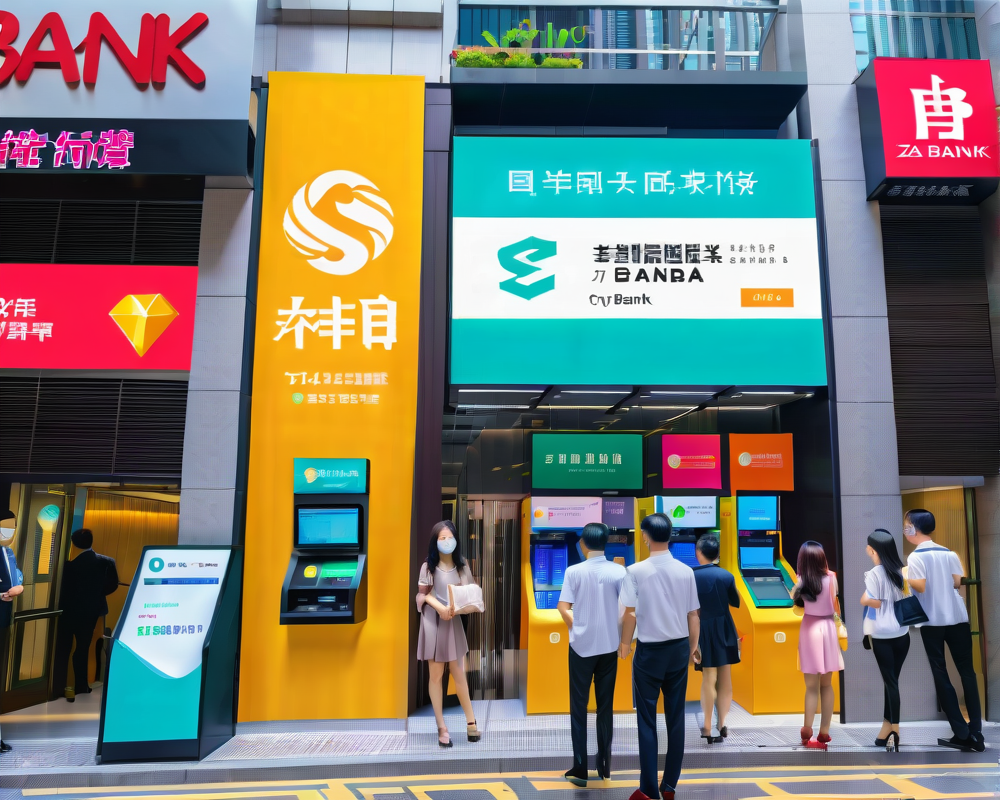The Scale of the Problem
Imagine strolling along a beach, the sun shining and waves crashing, only to discover that you’re stepping over 2.1 pounds of garbage per person! Every year, over 8 million tons of plastic finds its way into our oceans. That’s like one person lugging around an entire suitcase filled with trash every year. The real kicker? A staggering 90% of that mess comes from just ten river systems, primarily in Asia. So, yes, the plastic catastrophe is largely a tail of poorer countries and their riverbanks.
Blockchain to the Rescue?
Enter blockchain technology, which isn’t just about Bitcoin and NFTs. Its transparency features make it a snug fit for recycling initiatives. For instance, The Plastic Bank is paving the way by setting up recycling centers in areas like Indonesia, where locals exchange plastics for digital tokens. Think of it as a way to tackle poverty while simultaneously cleaning up the oceans! It’s like a two-for-one deal you can’t resist.
Bringing Social Responsibility to Plastic
Plastic Bank has crafted a system where local waste collectors can haul in trash and walk away with cold, hard digital tokens, which can be converted to cash. It’s a win-win for everyone involved. This not only gives them a means to earn income but also gets the junk off the streets and out of the oceans. Talk about recycling with a mission!
Waste2Wear’s Fashionable Take
Meanwhile, Waste2Wear is on a whole other level, promising consumers that their clothes are made from ocean plastics. Their claim? You can put on that trendy jacket while feeling good about saving the planet. Each garment’s journey is logged on a blockchain, tracing its path from the ocean straight to your wardrobe. So yes, while you rock that eco-friendly attire, you can also impress your friends with the fact that you know exactly where your plastic comes from!
Does it Scale?
But here lies the dilemma: can these initiatives grow big enough to actually make a dent in the massive ocean waste problem? Plastic Bank’s co-founder raises eyebrows when he admits that their aim isn’t just to create a handful of feel-good stories. They want to tackle the Great Pacific Garbage Patch—now that is ambitious! However, Michael Peshkam of INSEAD argues that we need global participation; one startup can’t save the world all alone.
Corporate Movement Towards Sustainability
Interestingly, big hitters like Nestle and Coca-Cola are getting into the game, promising products that incorporate reclaimed social plastics. It seems corporations are finally catching on that sustainable practices may also come with favorable PR. And let’s be honest, who doesn’t love a brand with a conscience? However, translating this momentum into meaningful change—getting sustainable practices at scale—is a tall order.
The Takeaway
In conclusion, while waste management initiatives like those powered by blockchain, such as The Plastic Bank and Waste2Wear, are steps in the right direction, the sheer volume of ocean waste seems daunting. As consumers, we can mix a little ethical shopping into our retail therapy, but let’s not forget that true impact demands collective action across the globe. If every citizen pitched in, who knows? We might just save the oceans one plastic bag at a time. Just don’t forget your reusable totes!




